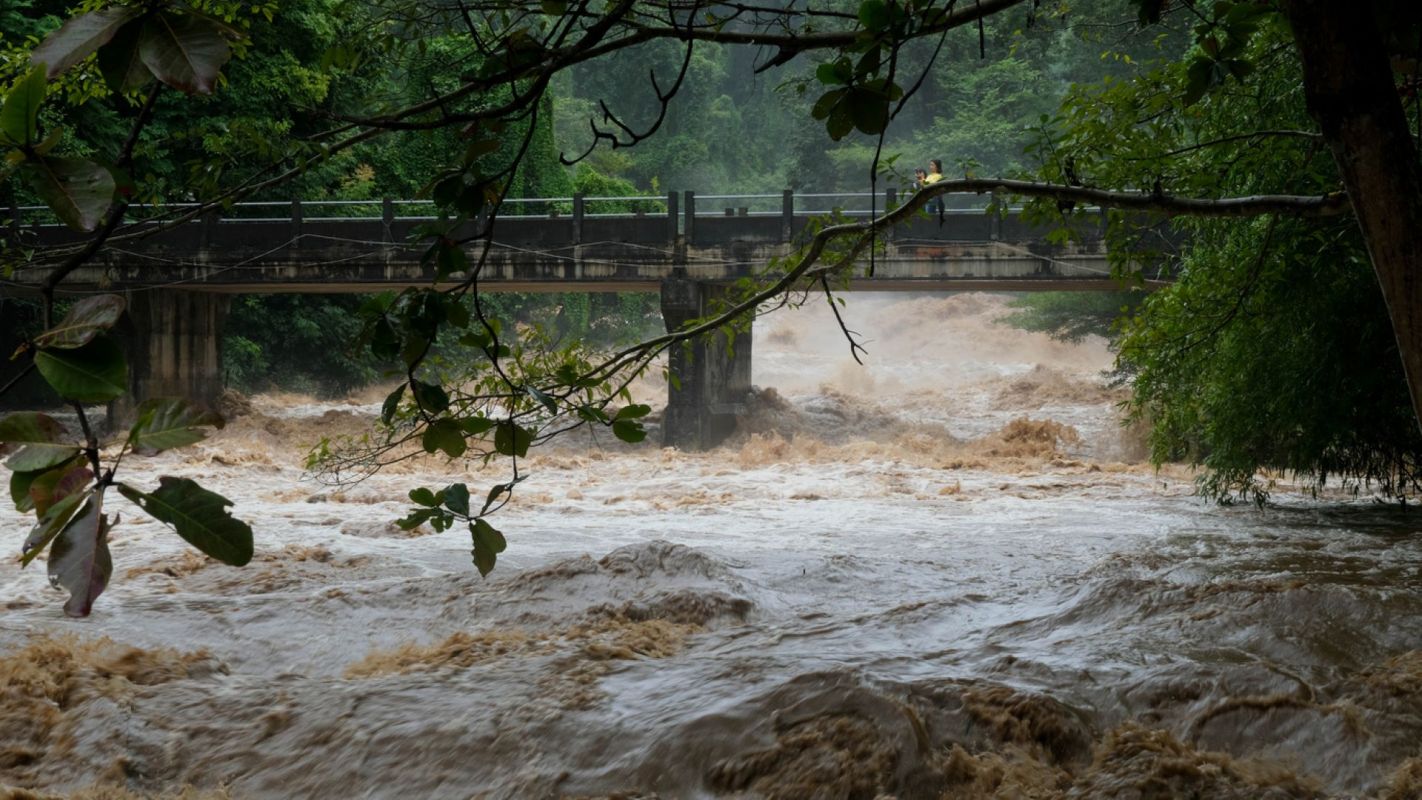The true impact of the weather phenomenon known as "El Niño" has been anticipated for much of 2023, with expectations that it will bring its typical mix of extreme weather conditions to various parts of the world.
But with record temperatures experienced throughout the year set to collide with El Niño's formation, the peak of the climate pattern could be one of the most intense yet.
What's happening?
According to the National Oceanic and Atmospheric Administration, El Niño occurs when trade winds that typically blow west along the equator in the Pacific Ocean weaken. These winds usually bring warm water from South America towards Asia.
When these winds aren't as strong, the warm surface water is instead pushed back towards the west coast of the Americas.
With this, areas in the northern United States and Canada become warmer and dryer than usual, whereas the U.S. Gulf Coast and Southeast are much wetter. Other parts of the world also feel its impact.
The World Meteorological Organization declared that El Niño began in July, but the Americas typically feel the effects during winter.
Now, an experimental forecast from the National Center for Atmospheric Research, as summarized by the Washington Post, has predicted winter will bring a super El Niño that will at least rival the one seen in 1997 and 1998, in which heavy rainfall happened in California and Kenya and severe drought struck Indonesia.
"We might be facing a similar winter coming up," Stephen Yeager, a project scientist at the center who helped lead the forecasting, told the Post. "This is one plausible future."
Why is this concerning?
Previous El Niño events have brought heat waves, flooding, forest fires, and mudslides around the world, and with the Earth already experiencing record heat this year, it's more likely to bring extreme heat waves and deadly floods, according to the Washington Post.
Can anything be done to stop El Niño?
This weather pattern occurs every two to seven years, so it's nothing particularly new. However, as warmer air is capable of holding more moisture, the fear is that a warming planet will bring more intense storms during this period.
With that in mind, reducing global temperatures is essential to mitigate the impact of El Niño, especially with regard to devastating flooding events.
Pollution acts like a blanket around the Earth, trapping heat in the atmosphere and leading to increased heat. So making the most of clean energy sources — like wind and solar — and cutting down reliance on dirty-fuel-powered vehicles is critical to minimizing the planet-warming gases we create on a daily basis.
Join our free newsletter for cool news and cool tips that make it easy to help yourself while helping the planet.









